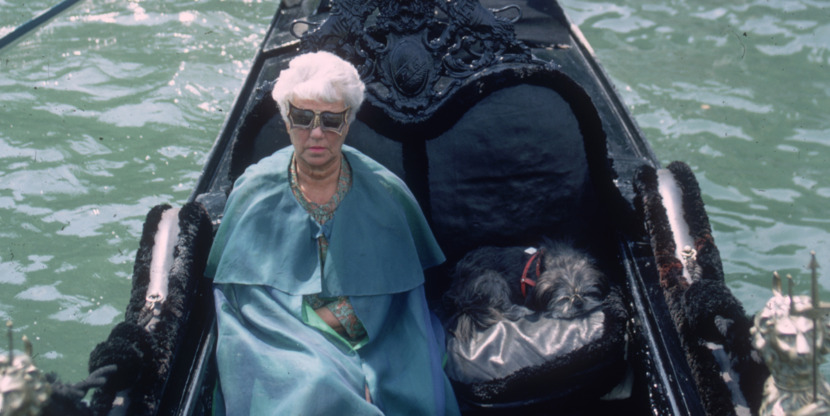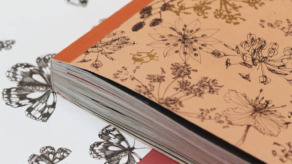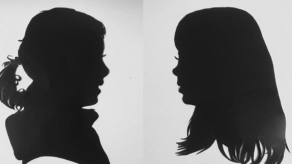The inspiring life of Peggy Guggenheim

She had an unhappy childhood, attracted the wrong kind of man and led a turbulent life among the cultural jet set. Overcoming it all, Peggy Guggenheim became an important art collector and remains a legend.
Her rather aimless life kicked into a higher gear when she opened the Guggenheim Jeune gallery in London, UK, which was wholly devoted to contemporary art. Not that she knew much about it at the time, but she hired the best consultants to advise her. It was exciting and new and maybe she identified with the resistance that Modernism at the time was still encountering. It was in her gallery that, with some bafflement, the British public got to know the work of artists such as Kandinsky, Cocteau and Mondrian.
The Guggenheim Jeune gallery didn’t make a lot of sales, however, and after eighteen months, Peggy closed it, as she had decided to open a museum of modern art. English art historian Herbert Read made a list for her of modern artists and art movements that would certainly have to be included. But then World War II broke out and Peggy, who was in Paris at the time, changed her plans, deciding that running a museum in London would be too dangerous. She decided to start collecting art instead.
In August 1939, the art world was decidedly unsettled. Artists were trying to sell their work and those who, according to the Nazis, made modern ‘morally reprehensive’ work had an even greater necessity to do so. Jewish art dealers particularly needed to sell their possessions to raise money for their flight from the country. Peggy started buying up Abstract and Surrealist art by all of the artists on Herbert’s list at an extraordinary rate, sometimes a painting per day.







